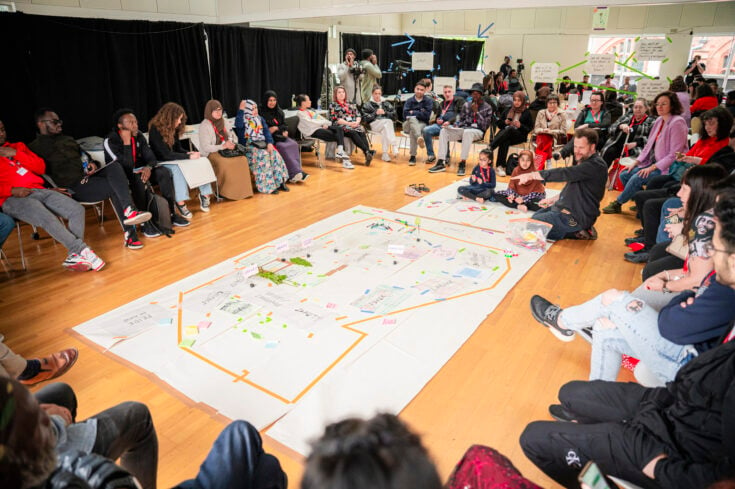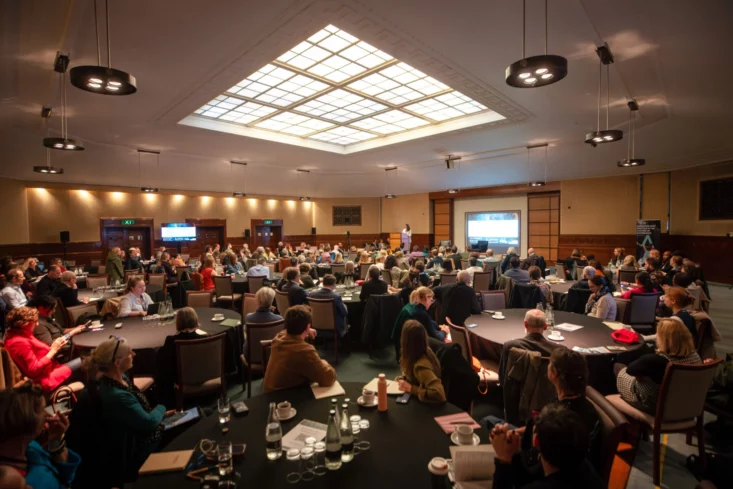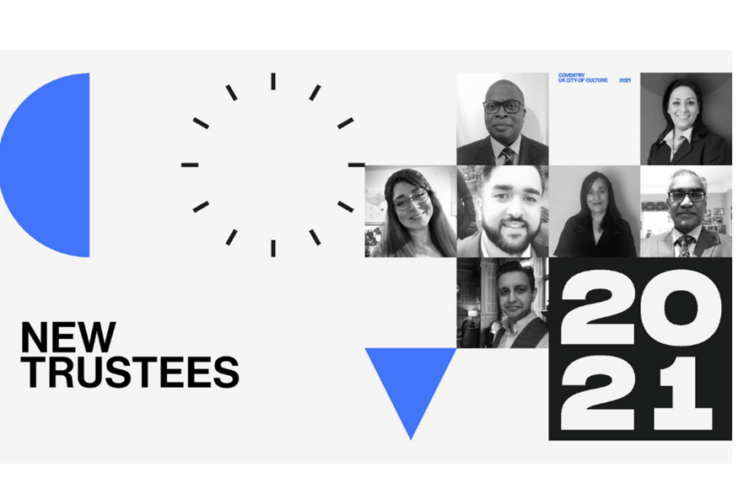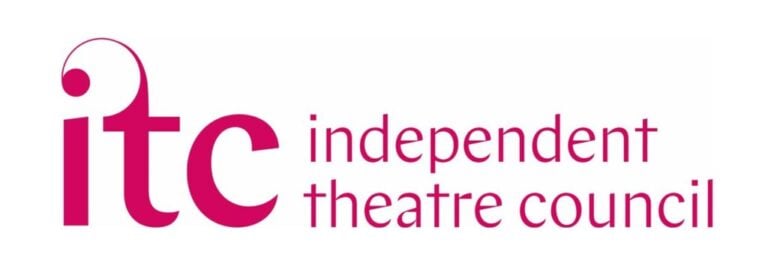What is the role of the chair?
The chair gives overall leadership to the organisation and should ensure that:
-
The board understands its role and responsibilities.
-
The board understands and debates the vision, mission and business model.
-
The board is representative of its sector and has a good range of skills, experience and diversity.
-
Those skills and experience are used.
-
Meetings are effectively run and that decisions are taken and minuted.
-
Succession planning is in place for chair, board and CEO/director/artistic director.
-
The board reviews itself and its performance on an annual basis, as well as the CEO/director/artistic director.
There is no legal definition of a chair’s role, other than any duty to chair meetings set out in an organisation’s constitution. Some organisations also appoint one or more vice-chairs to assist, or to train board members in preparation of becoming chair. In all cases a written role description can help clarify each person’s role.
The chair/CEO relationship is central to good governance, with clear understanding of their respective responsibilities and regular, supportive communication. They need to maintain a good but discerning relationship based on respect, trust and mutual dependence.
The chair acts as additional spokesperson for the organisation, letting the artistic head of the organisation take the lead except on formal occasions where the chair’s input would be appropriate.
In some constitutions, a chair is given a casting vote. This means that if there is a deadlock, and a vote for a resolution is tied, then the chair is awarded a second vote to make sure that the resolution is passed or rejected. In new commercial companies, it is not possible for the chair of a members’ meeting to have a casting vote.
Download Sample job description template for:
For more about the Chair’s role in improving Board dynamics read this guide from the Association of Chairs.
A chair often finds it useful to appoint a vice chair who can not only stand in if the chair is unavailable for any reason but can also take on responsibility by mutual consent for some of the chair’s duties.




















